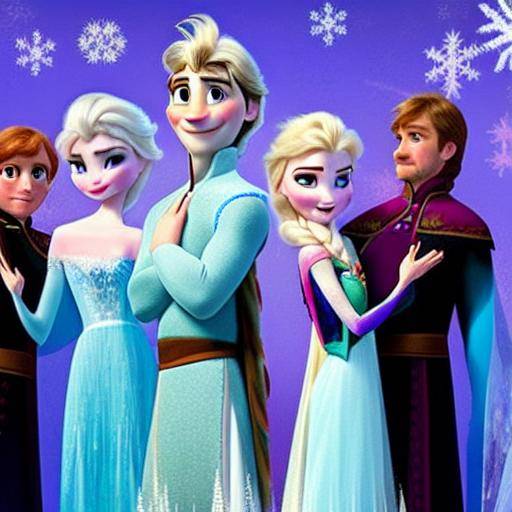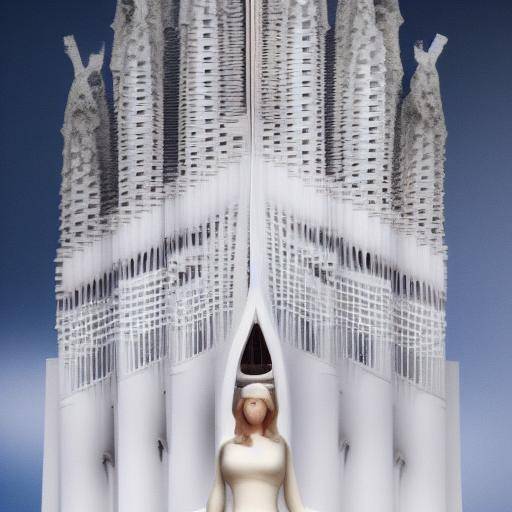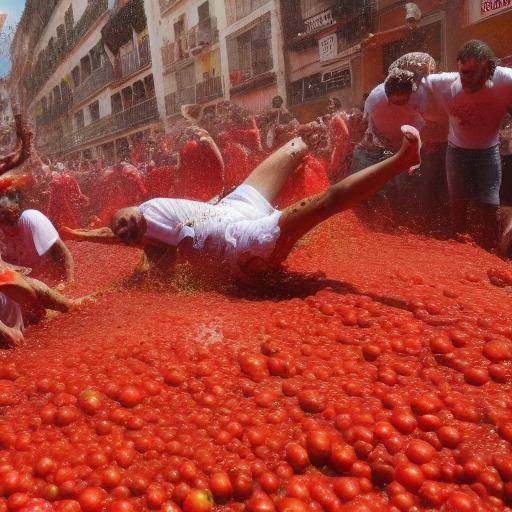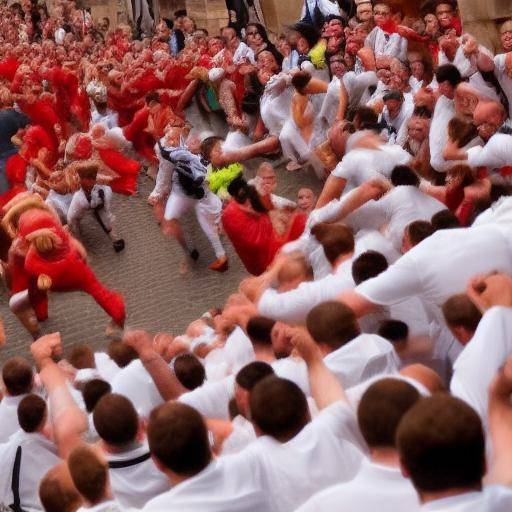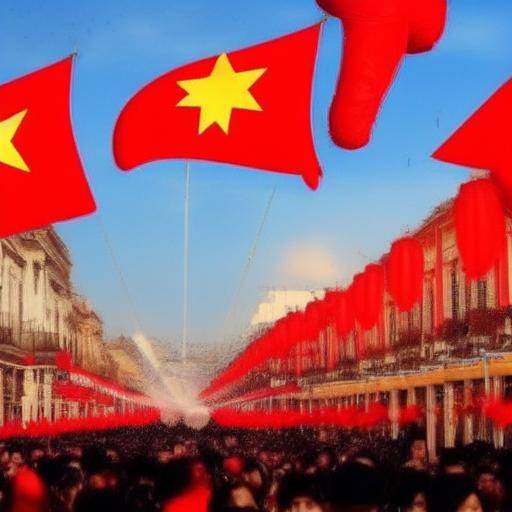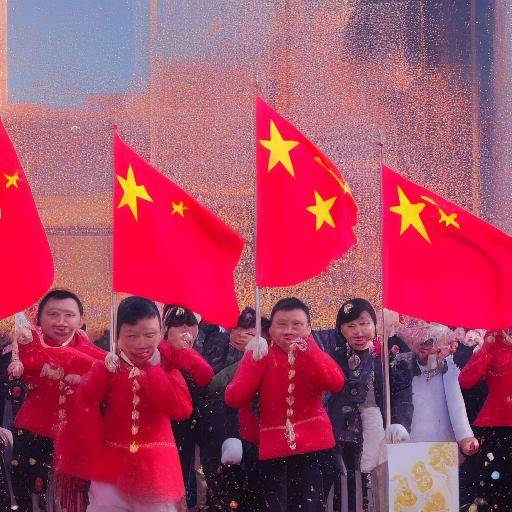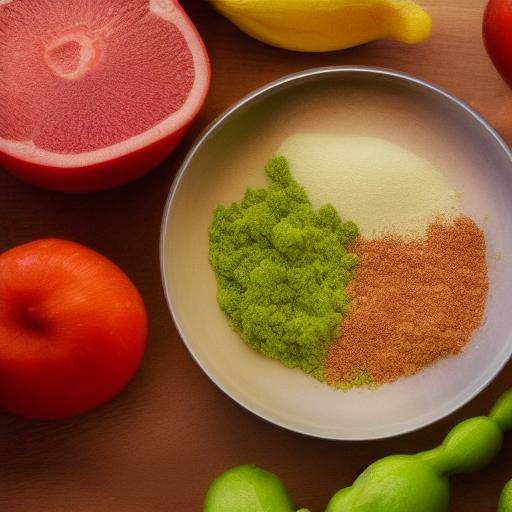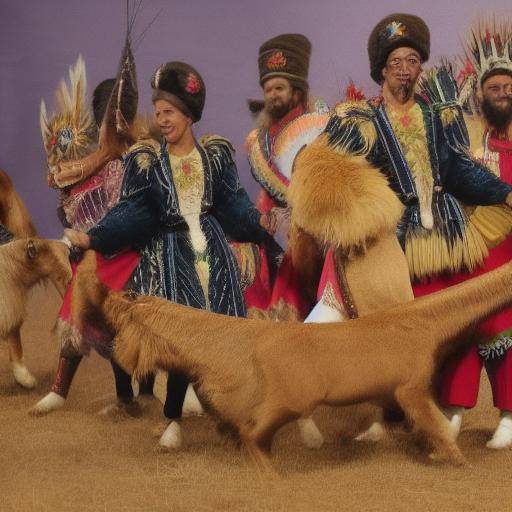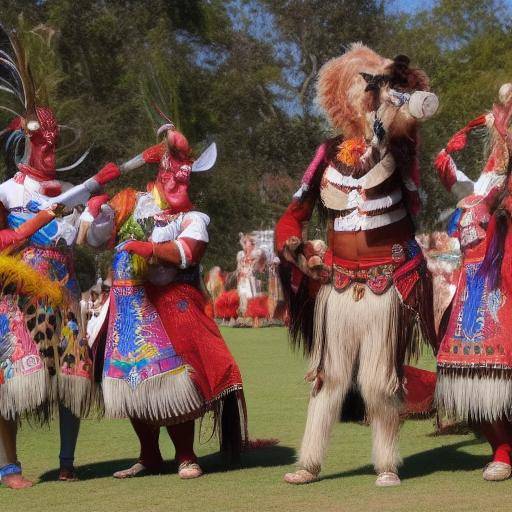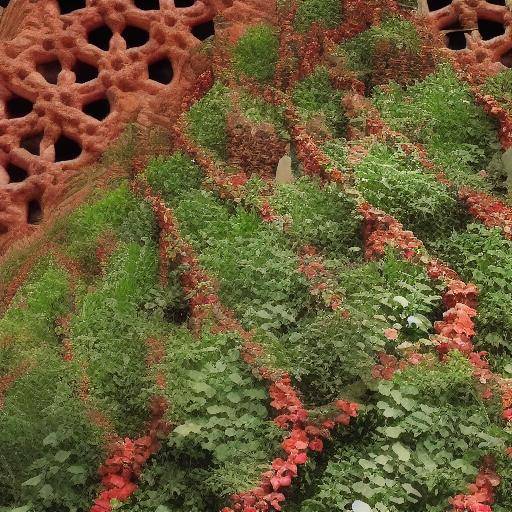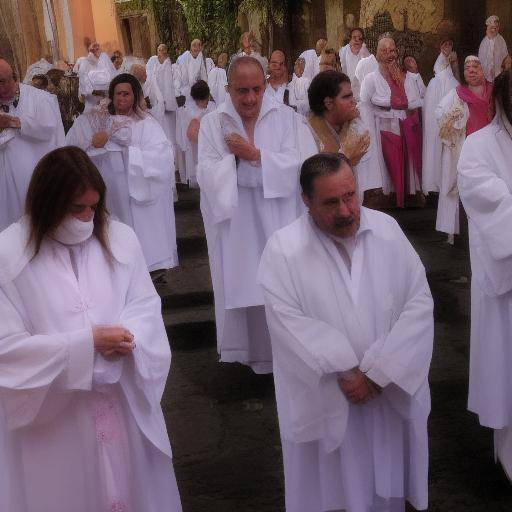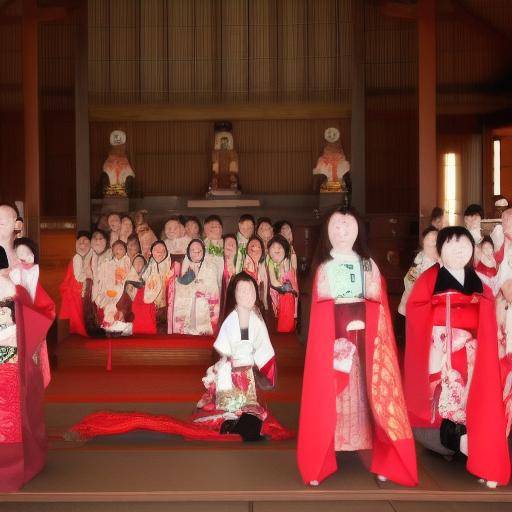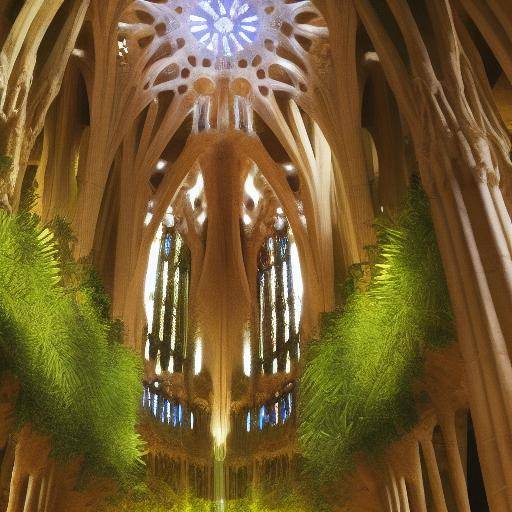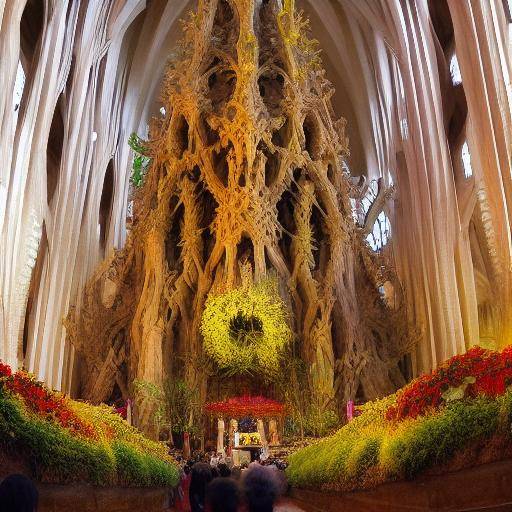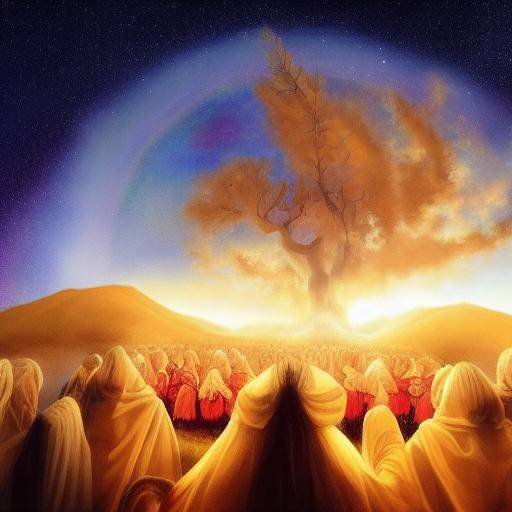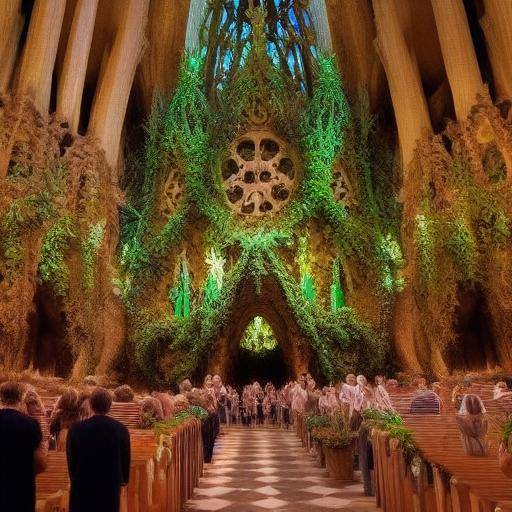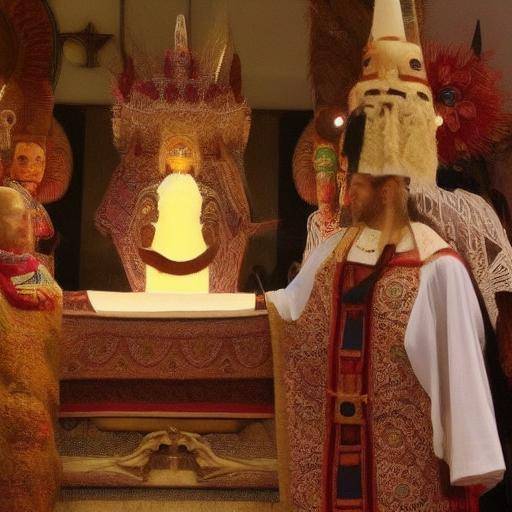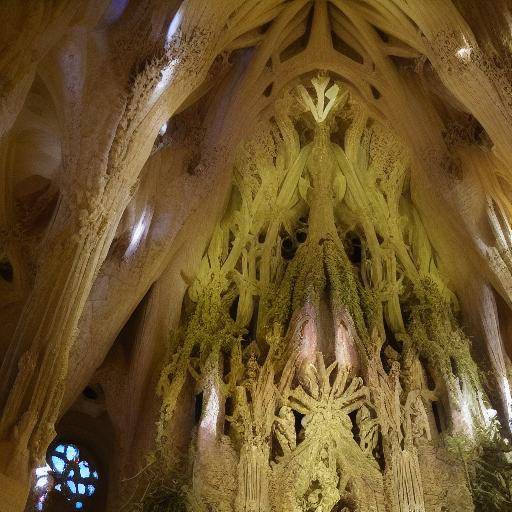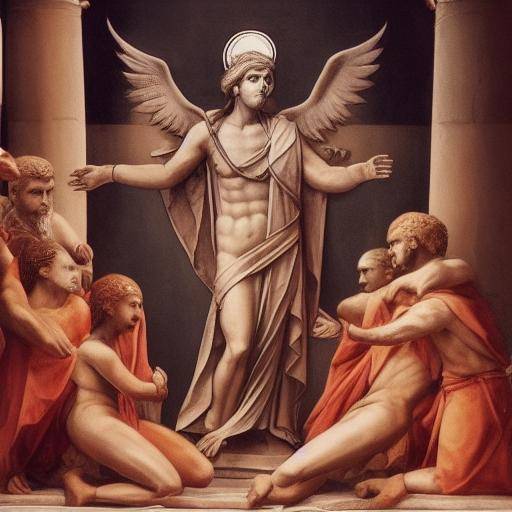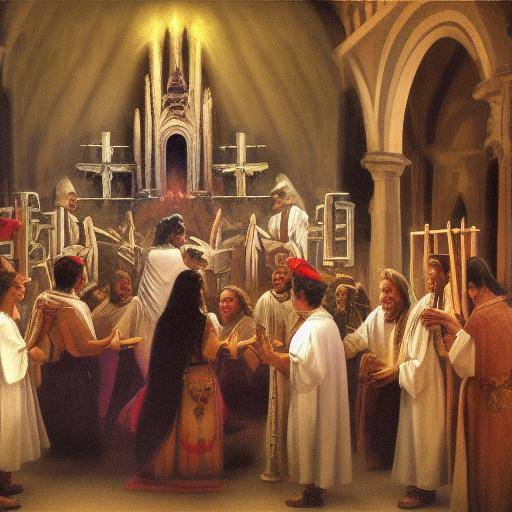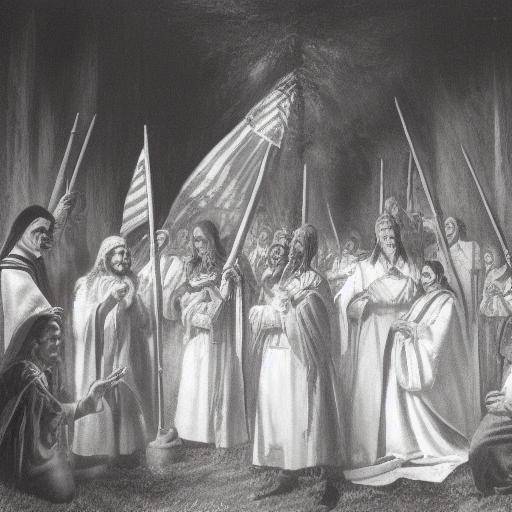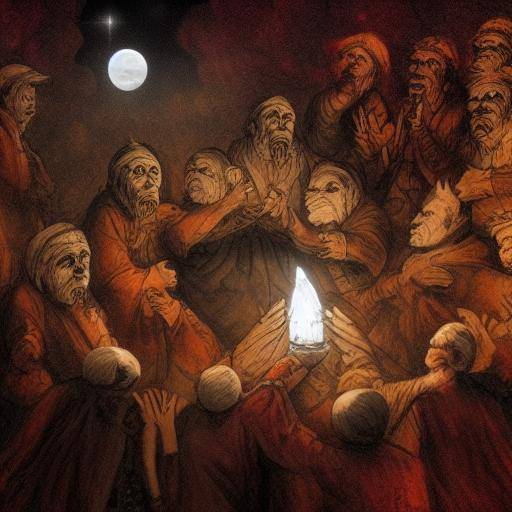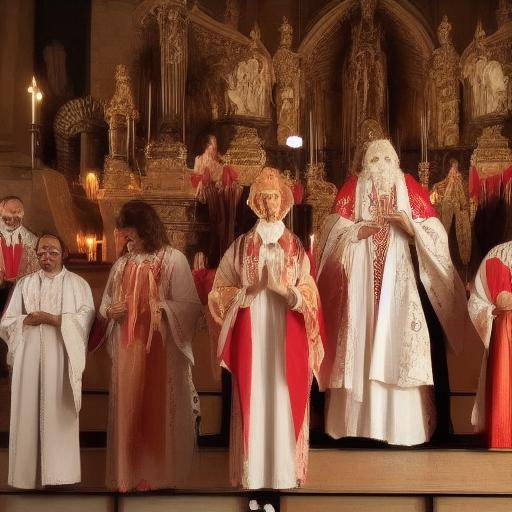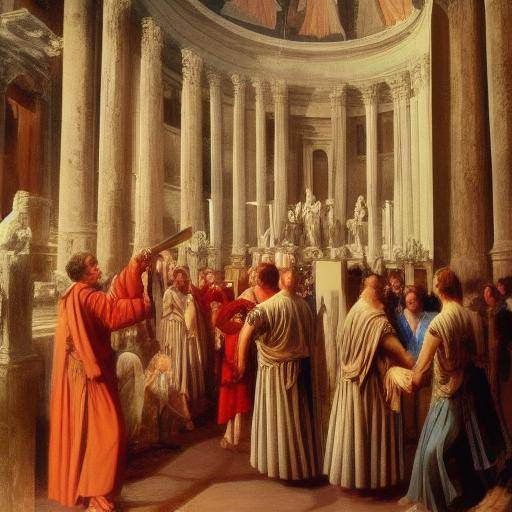
The Chinese New Year is a festival full of traditions, myths and symbolisms. Among the legends surrounding this celebration, stands out the myth of the Nian, a feared creature whose defeat led to the beginning of this festival. In this article, we will explore in detail the history of the Nian, the significance of the Chinese New Year and the importance of red colour in these celebrations. In addition, we will provide relevant information, in-depth analysis, practical advice and future forecasts. Join us on this journey through the rich culture and traditions of the Chinese New Year!
Introduction
The Nian myth has deep roots in Chinese culture, and its influence extends to this day. This article will be immersed in the rich history and symbolism of Nian, explore the traditions of the Chinese New Year and analyze the crucial role of red color in these festivities.
History and Origins of the Nian
The Nian myth goes back to ancient China, where the villagers lived in fear of this ferocious creature. According to the legend, the Nian fed humans and cattle, attacking the peoples on the eve of the Lunar New Year.
Legend has it that a wise old man advised the villagers to use fireworks, loud noises and red ornaments to chase the Nian away. These methods resulted, and since then, the Chinese New Year is celebrated with fireworks, firecracker noises and the decoration of windows and doors with red paper. These traditions symbolize the expulsion of the Nian and the reception of the New Year with fortune and joy.
Detailed Analysis of the Chinese New Year
The Chinese New Year, also known as the Spring Feast, is one of the most important festivities in Chinese culture. It is celebrated for 15 days, culminating in the Festival de los Faroles. During this period, families gather, share traditional meals and participate in various cultural activities, such as the dragon and lion parade, traditional dances and games.
The Chinese New Year is not only an occasion to celebrate, but also a moment of reflection and new beginnings. In-depth cleaning is done in the homes and prayers are offered for health, happiness and prosperity in the coming year.
The exchange of gifts, especially red envelopes with money, known as "hongbao", symbolizes good wishes and fortune for the new year. This gesture is a sign of respect and affection, especially for children and young people.
The Meaning of Red Color in Chinese New Year
The red colour is of great importance in the festivities of the Chinese New Year, as it is considered a symbol of good luck, happiness and prosperity. The red decorations, such as lighthouses, cut paper, and traditional clothing, fill the streets and homes during this holiday.
The belief in the protection of the red color extends beyond the festive ornaments. The red envelopes, mentioned above, are exchanged as a gesture of good fortune. In addition, people wear red clothes, hoping to attract prosperity and drive bad luck away.
Practical Tips for Celebrating the Chinese New Year
If you want to celebrate the Chinese New Year, some common practices include the preparation of traditional dishes, such as fish, which symbolizes abundance and prosperity, and dragon and lion dance to attract good luck.
The choice of red colour in clothing and decoration is a way to participate in the traditions of the festival. You can also share the joy of the Chinese New Year by giving hongbao to your loved ones, imparting blessings and good wishes for the coming year.
Conclusion
The myth of Nian and the celebrations of the Chinese New Year teach us the importance of honoring traditions, celebrating the passage of time and renewing hopes for the future. These millennial customs connect us with our history and give us a sense of community and belonging. As we embrace the arrival of a new lunar year, let us remember the values of respect, harmony and prosperity that symbolize these celebrations.
Frequently asked questions
1. What is Nian in Chinese culture?
The Nian is a Chinese mythological beast that, according to legend, fed on humans and cattle. It is said that he feared the red color and loud noises, which led to the development of the tradition of using fireworks and red decorations to keep Nian away during the Feasts of the Chinese New Year.
2. What symbolizes the red color in the Chinese New Year?
The red color symbolizes good luck, happiness and prosperity in Chinese culture. It is believed that the use of red colour during the Chinese New Year celebrations removes bad luck and attracts fortune for the coming year.
3. What are some common traditions during the Chinese New Year?
The Chinese New Year celebrations include family gathering, traditional dishes preparation, dragon and lion parades, games, fireworks and exchange of red envelopes with money, known as "hongbao".
4. How can I participate in the Chinese New Year celebrations if I am not Chinese?
If you are not of Chinese descent, you can participate in the Feasts of the Chinese New Year by learning about traditions, participating in community events, cooking and testing traditional Chinese dishes, and wearing symbolic red garments.
5. What does red envelopes mean during the Chinese New Year?
Red envelopes, or "hongbao", contain money and are exchanged as gifts during the Chinese New Year. They represent good wishes, fortune and prosperity for the coming year, especially for young people and children.
6. How do you say "Happy New Year" in Chinese?
In Mandarin, "Xīnnián kuàilè" is said to wish a "Happy New Year" in Chinese.
Conclusion: This article has explored the fascinating history of Nian, the rich tradition of the Chinese New Year and the symbolism of the red color in these celebrations. As we immerse ourselves in the cultural richness of these holidays, we recall the importance of honoring traditions, sharing joy and hope, and celebrating the diversity of our cultures.
With this complete guide, you are ready to immerse yourself in the celebrations of the Chinese New Year and celebrate with knowledge and respect for its traditions. Let the fireworks illuminate your way to a prosperous and happy Chinese New Year!

